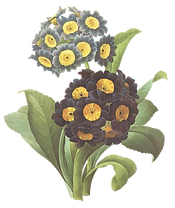On Cob
- laurengoff
- May 9, 2016
- 2 min read
The farm's blog has been talking about something called "cob" frequently, and when I first read the posts, I had no idea what it was. Perhaps you, dear reader, are as curious as I was, so why don't we find out? Dictionary.com says this about "cob":
noun
1. a corncob.
2. a male swan
3. a short-legged, thick-set horse, often having a high gait and frequently used for driving.
4. British. a mixture of clay and straw, used as a building material.
5. British Dialect. a rounded mass or lump.
6. a crude silver or gold Spanish-American coin of the 16th to 18thcenturies, characteristically irregular in shape and bearing only apartial impression of the dies from which it was struck.
It is the 4th meaning, judging by the pictures:



It is "a long lasting, sustainable structure," and in cobcourses.com's website, it says that cob is "roughly 75% sandy aggregate, 25% clay and some straw." Apparently, what makes cob so environmentally friendly isn't so much that it doesn't have any chemicals that leak into the soil, but that it can be made entirely from materials in or around your garden. That means that the materials do not require shipment from anywhere, or any sort of industrial production (like most cement or bricks), thus reducing the pollutants emitted by transportation and production processes. Cob is also very durable, remaining standing for hundreds of years under the right conditions, and looks charming.
I have to admit the climate changing is quite unnerving, but the worst thing to me is the acidification that the oceans are undergoing due in part to the chemical gases we emit. Using building methods like these may not have any significant effect on this, but at least those doing it won't be personally responsible for the acidification of the oceans, among other things. In a sense that's the heart of all participation in such special interest causes, at least for me.











Comments